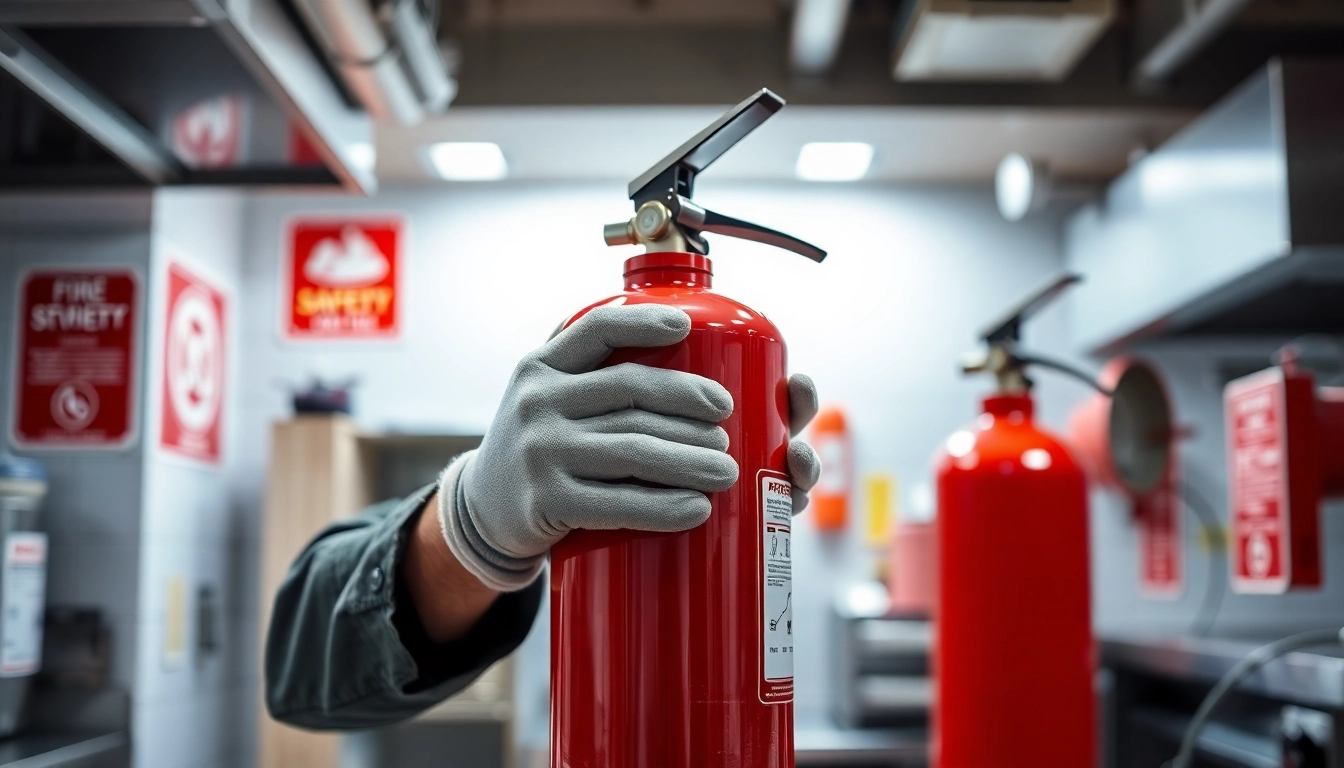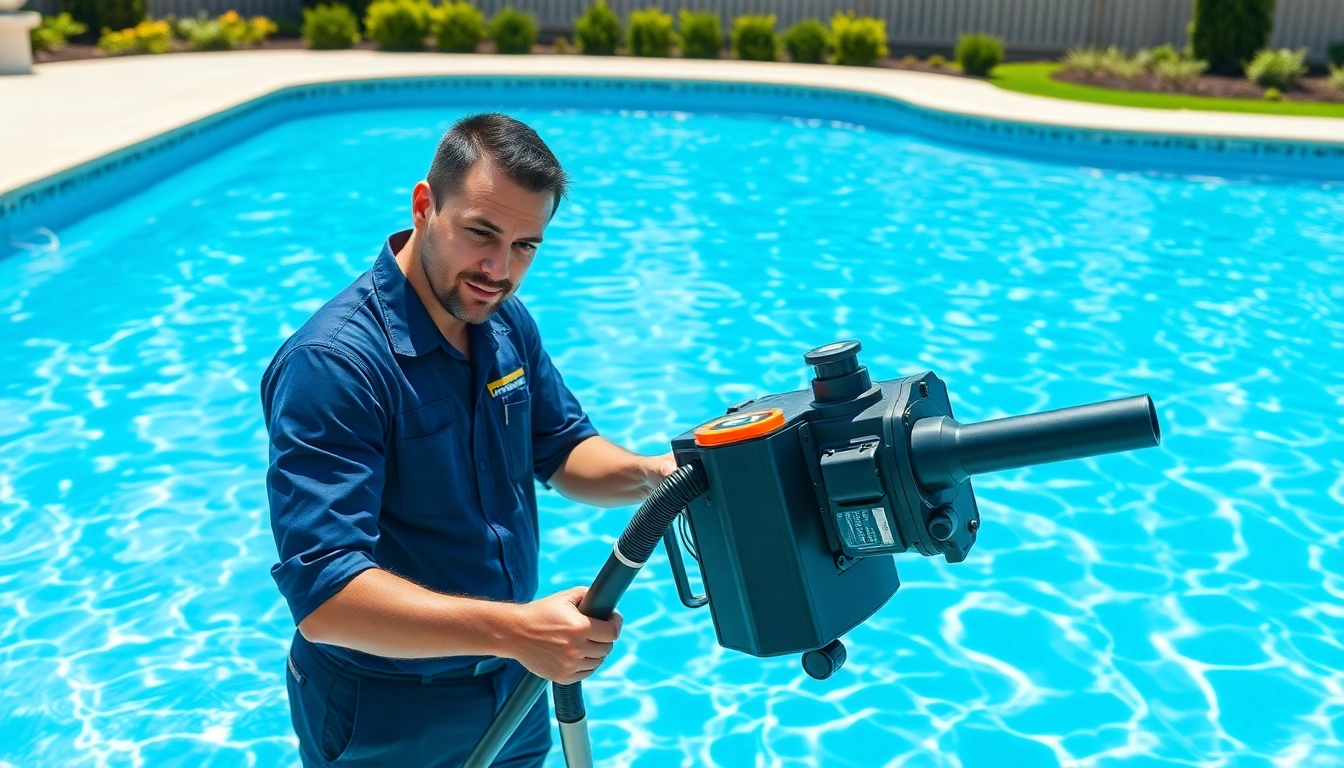Understanding Fire Extinguisher Maintenance
Fire safety is a critical aspect of any residential or commercial establishment. Fire extinguishers play a vital role in managing emergency situations, providing a first line of defense against small fires. However, possessing a fire extinguisher is not enough; proper fire extinguisher maintenance is essential to ensure they function effectively during an emergency. This article delves into the intricacies of fire extinguisher maintenance, emphasizing its importance, necessary procedures, and compliance standards that both individuals and businesses should adhere to.
Importance of Regular Inspection and Maintenance
Regular inspections and maintenance of fire extinguishers are critical to safeguarding lives and properties. Equipped with foam, dry chemical, carbon dioxide, or water, these devices quickly control fire outbreaks. Neglecting maintenance can lead to:
- Malfunctions During Use: An improperly maintained fire extinguisher may fail at crucial moments, leading to devastating consequences.
- Expired Units: Fire extinguishers have a limited lifespan. An expired unit might not contain adequate chemicals to quell different types of fires.
- Legal Repercussions: Many local regulations mandate that businesses maintain and inspect fire extinguishers regularly. Non-compliance can lead to fines and business shutdowns.
Fire Extinguisher Types: Specific Maintenance Needs
Different types of fire extinguishers require tailored maintenance strategies. Understanding these distinctions is imperative for optimal fire safety:
Water and Foam Extinguishers
These extinguishers are primarily suited for Class A fires involving ordinary combustibles like wood, paper, and textiles. Maintenance involves:
- Checking the water level to ensure it’s filled to recommended levels.
- Inspecting seals and hoses for leaks and damage.
Dry Chemical Extinguishers
Commonly used for Class B and C fires, these extinguishers need specific attention to:
- Ensure the valve stem is operating correctly.
- Inspect the powder for clumping, which indicates moisture exposure.
CO2 Extinguishers
Perfect for Class B and C fires, CO2 extinguishers require a focus on:
- Testing the gauge to ensure it’s within operational range.
- Inspecting the shipping cap as it can be prone to damage.
Key Steps in Fire Extinguisher Maintenance
Monthly Inspection Checklist
A monthly inspection is a critical first step in maintaining fire extinguishers. Here’s a checklist to follow:
- Examine for visible signs of damage such as corrosion, leaks, or cracks.
- Ensure the extinguisher is accessible and has not been obstructed.
- Check pressure gauges to ascertain that they are in the green zone.
- Look for clear labeling and instructions on operating the extinguishers.
Annual Maintenance Requirements
In addition to monthly inspections, annual maintenance checks performed by a certified technician are paramount. This includes:
- Comprehensive internal inspections to check for corrosion and functionality.
- Hydrostatic testing for water and foam extinguishers to ensure they can withstand pressure.
- Refilling or recharging if the extinguisher has been discharged.
Handling Damaged or Expired Extinguishers
When you find a damaged or expired fire extinguisher, the approach should be systematic:
- Replacement: Fire extinguishers that are expired should be replaced immediately, as they are no longer reliable for providing necessary protection.
- Disposal: Damaged extinguishers should be disposed of according to local regulations. Some can be recycled, while others may require hazardous waste protocols.
Professional Services for Fire Extinguisher Maintenance
Choosing the Right Service Provider
Selecting a competent provider for fire extinguisher maintenance can be challenging. Consider these factors:
- Certification: Ensure the technician is certified by recognized bodies such as the National Fire Protection Association (NFPA).
- Experience: Opt for providers with extensive experience in your industry type, as they’ll better understand your specific needs.
Costs Associated with Professional Maintenance
The costs of hiring a professional service can vary based on location, the type of extinguishers, and service frequency. On average, annual inspections can range from $50 to $200 per unit, depending on:
- The extent of service required.
- The number of extinguishers in need of maintenance.
- Any additional services such as hydrostatic testing.
Benefits of Professional Oversight
While routine checks can be performed independently, professional oversight provides numerous benefits:
- Expert Knowledge: Technicians bring industry-specific knowledge to ensure all regulatory compliance is met.
- Thoroughness: Professionals can spot issues that an untrained eye might overlook.
- Liability Mitigation: Regular professional maintenance can shield businesses from liability in case of litigation arising from fire incidents.
Fire Extinguisher Maintenance Compliance Standards
Local Regulations for Fire Safety
Familiarizing yourself with local fire safety regulations is crucial. General guidelines include:
- Compliance with National Fire Protection Association (NFPA) standards.
- Adherence to Occupational Safety and Health Administration (OSHA) regulations.
- Understanding state-specific laws regarding fire extinguisher placement and maintenance frequency.
Documentation and Record-Keeping Practices
Proper documentation is vital for regulatory compliance and self-assurance. Essential records include:
- Inspection Logs: Document monthly and annual inspection results, including repairs needed.
- Maintenance Certificates: Keep copies of all service performed by professional technicians as proof of compliance.
Industry-Specific Compliance Guidelines
Different industries may have specific guidelines for fire extinguisher maintenance tailored to their operations. For instance:
- Healthcare Facilities: These require detailed records documenting training and inspections due to higher fire risks.
- Restaurants: Must have types of extinguishers in compliance with fire codes for cooking-related fires.
Future Trends in Fire Safety Equipment Maintenance
Innovations in Fire Extinguisher Technology
Advancements in technology are reshaping the fire safety landscape. Features such as:
- Smart Extinguishers: Some modern units are equipped with sensors that can alert when maintenance is due or if they have been discharged.
- Integrated Systems: Fire extinguishing systems that interlink with building management systems for monitoring and managing fire safety in real-time.
The Role of Smart Technology in Safety Compliance
Smart technology aids compliance through:
- Automated reminders for inspections and maintenance schedules.
- Mobile apps allowing for instant reporting and tracking of fire safety equipment status.
Preparing for Regulatory Changes in Fire Safety
To stay ahead in fire safety compliance:
- Regularly review local regulations as they may change based on emerging safety data.
- Attend compliance workshops to remain updated on industry standards and best practices.
In conclusion, effective fire extinguisher maintenance is not just a regulatory requirement; it is an essential practice that protects lives and property. By committing to regular inspections, hiring qualified professionals, and staying abreast of compliance regulations, individuals and businesses can significantly enhance their fire safety protocols. By doing so, they not only comply with laws but also foster a culture of safety that prioritizes the well-being of everyone involved.



